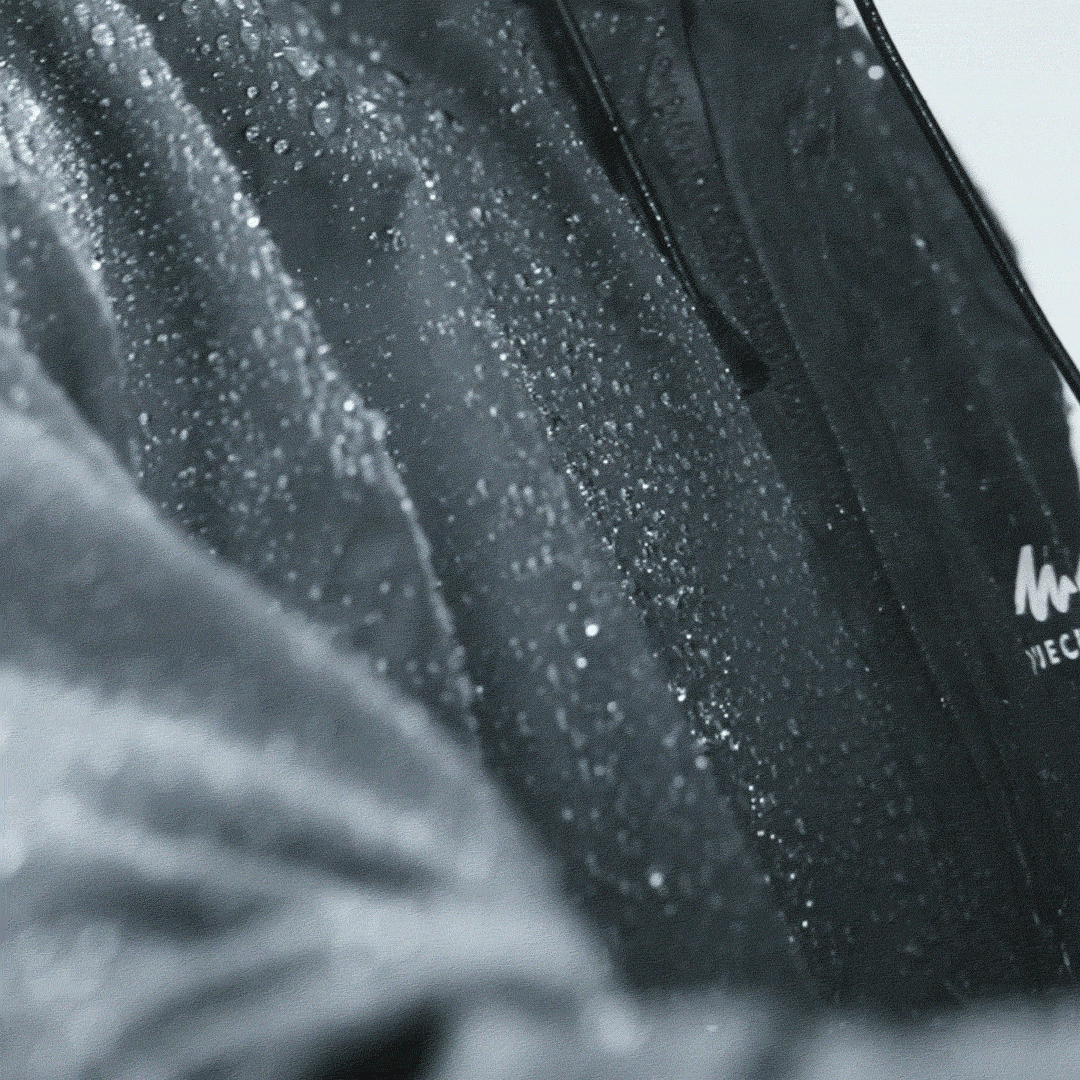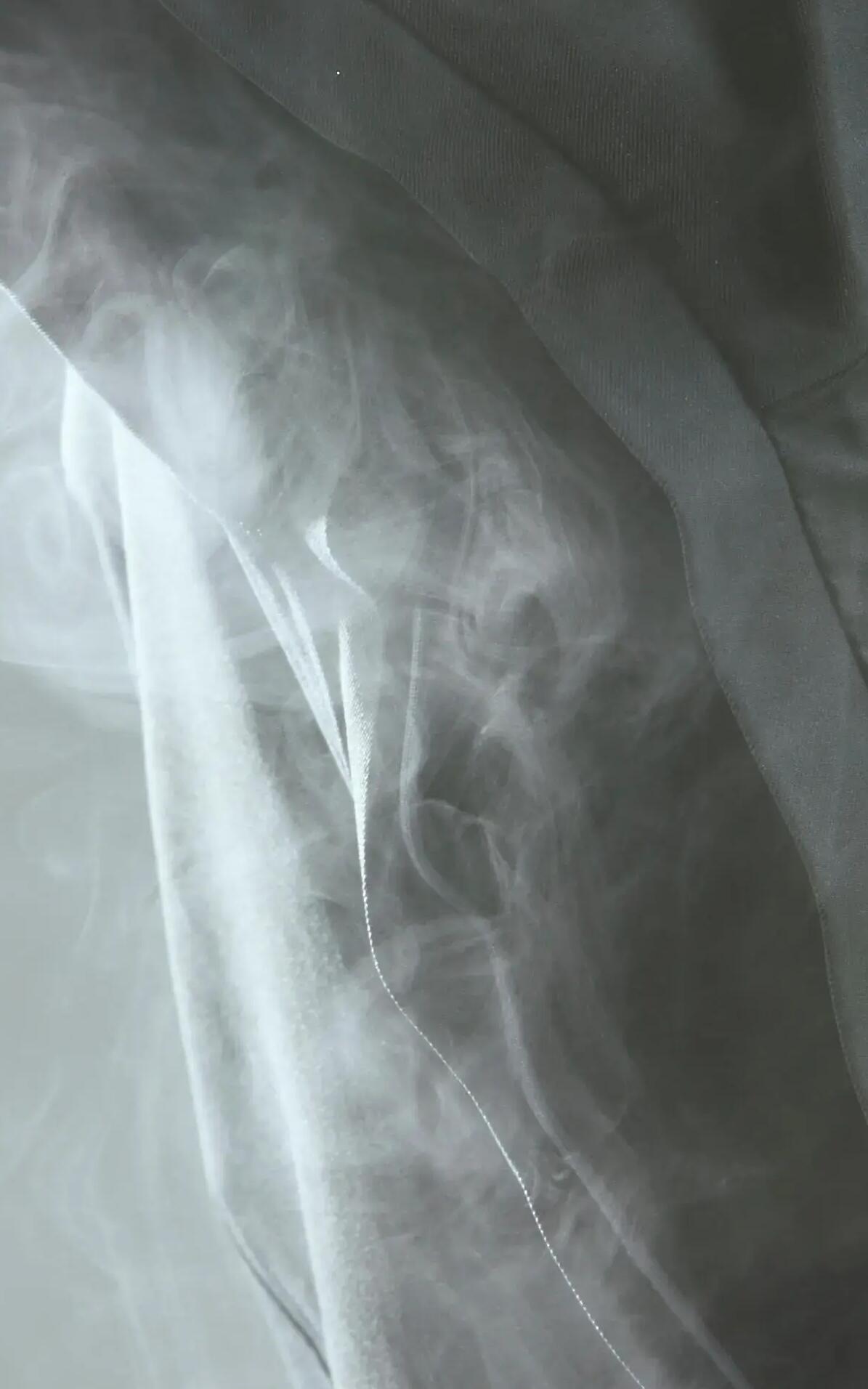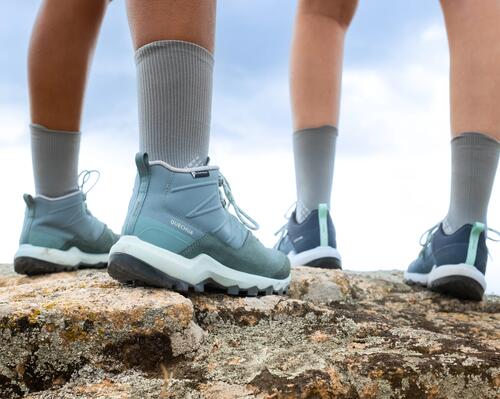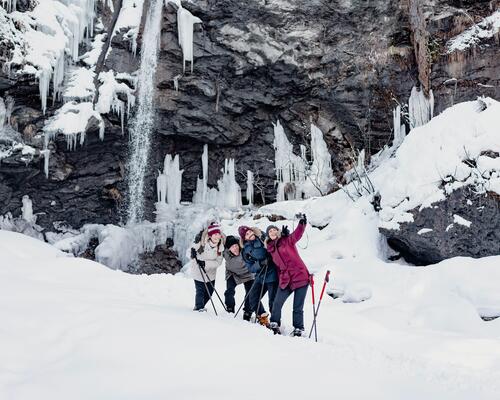How do you choose breathable clothing?
The RET score uses a numerical index:
- RET < 6: the fabric is extremely breathable, so you’ll be comfortable while doing your most intense physical activity.
- RET between 6 & 12: the material is very breathable, making it suitable for moderate physical activity.
- RET between 12 & 20: the fabric is moderately breathable, and therefore not particularly pleasant to wear during physical activity
- RET > 20: the fabric isn’t very breathable and therefore not suitable during even light physical activity.
- RET >40: the fabric is considered to be non-breathable.
You’ll find this information in the technical specifications of our product sheets, particularly on our range of Men’s and Women’s jackets. It’s particularly important to measure breathability on this product, because generally, the more waterproof a garment is, the less breathable it is (due to the material or coating used to protect against the rain). If you want good breathability, over and above the fabric it’s made from, you can also choose a product with zipped mechanical vents that you can use to regulate your temperature.
Please note: some brands may also use the MVTR index to measure breathability, which stands for "Moisture Vapour Transmission Resistance". This index measures the amount of water that a square metre of fabric lets through in 24 hours. The lower this index, the more breathable the fabric. For example, a garment with an MVTR of 5,000 will have poor breathability, whereas a garment with an MVTR of 30,000 is extremely breathable. However, this criteria is less widely used than the RET scale.
To make the most of the technical features of your clothing, you must also coordinate the different layers of clothing according to your expected level of physical activity.








